Energy Efficiency Demand
The increasing emphasis on energy efficiency is a pivotal driver for the External Blinds Market. As consumers and businesses alike seek to reduce energy consumption, external blinds offer a practical solution by minimizing heat gain during summer and heat loss in winter. According to recent data, buildings equipped with external shading devices can reduce energy costs by up to 30%. This trend is particularly pronounced in regions with extreme weather conditions, where the demand for energy-efficient solutions is surging. Consequently, manufacturers are innovating to create products that not only enhance energy efficiency but also comply with stringent environmental regulations. The growing awareness of climate change and the need for sustainable living further propels the adoption of external blinds, making energy efficiency a critical driver in the External Blinds Market.
Rising Construction Activities
The resurgence in construction activities across various sectors is significantly influencing the External Blinds Market. With urbanization and population growth, there is a marked increase in residential and commercial building projects. Data indicates that the construction sector is projected to grow at a compound annual growth rate of approximately 5% over the next few years. This growth is accompanied by a rising demand for architectural features that enhance aesthetics and functionality, such as external blinds. Builders and architects are increasingly incorporating these products into their designs to meet consumer preferences for modern, stylish, and energy-efficient solutions. As a result, the expansion of the construction industry is likely to bolster the demand for external blinds, positioning them as a vital component in new building projects.
Aesthetic and Customization Trends
The growing trend towards personalization and aesthetic appeal is a notable driver in the External Blinds Market. Consumers are increasingly seeking products that reflect their individual style and enhance the visual appeal of their spaces. This demand for customization is prompting manufacturers to offer a wider range of designs, colors, and materials, allowing consumers to tailor their external blinds to their specific preferences. Market analysis indicates that the customization segment is experiencing a growth rate of approximately 10%, as more consumers prioritize unique and stylish solutions for their homes and businesses. This trend not only caters to aesthetic desires but also aligns with the broader movement towards creating personalized living environments. As a result, the focus on aesthetics and customization is becoming a significant factor influencing purchasing decisions in the External Blinds Market.
Increased Awareness of UV Protection
The growing awareness of the harmful effects of ultraviolet (UV) radiation is driving the External Blinds Market. Consumers are becoming more informed about the risks associated with prolonged sun exposure, including skin cancer and damage to interior furnishings. External blinds serve as an effective barrier against UV rays, providing protection for both occupants and valuable assets within homes and offices. Market data suggests that the demand for UV-blocking external blinds has increased by approximately 20% in recent years, as consumers prioritize health and safety. This heightened awareness is prompting manufacturers to develop innovative products that not only offer UV protection but also enhance aesthetic appeal. Consequently, the focus on UV protection is emerging as a significant driver in the External Blinds Market, influencing consumer purchasing decisions.
Technological Advancements in Blinds
Technological advancements are reshaping the External Blinds Market, as innovations in materials and automation enhance product functionality. The integration of smart technology into external blinds allows for remote control and automation, catering to the modern consumer's desire for convenience and efficiency. Recent trends indicate that the market for smart blinds is expected to grow at a rate of 15% annually, driven by the increasing adoption of smart home systems. These advancements not only improve user experience but also contribute to energy savings and enhanced security. As consumers seek products that align with their tech-savvy lifestyles, the demand for technologically advanced external blinds is likely to rise, positioning innovation as a key driver in the External Blinds Market.


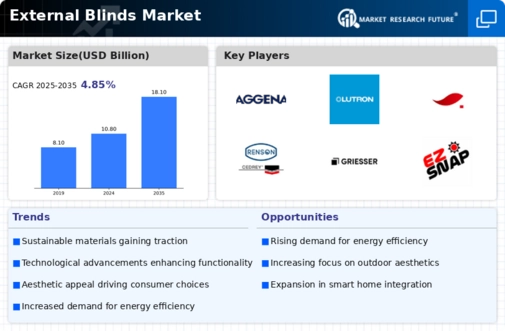
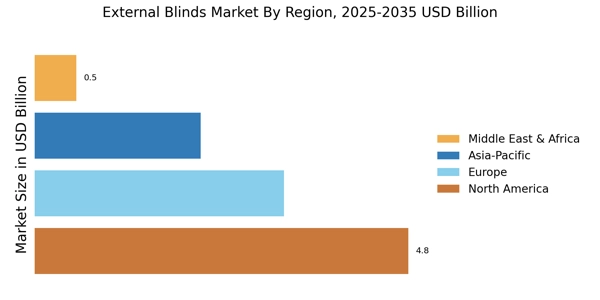
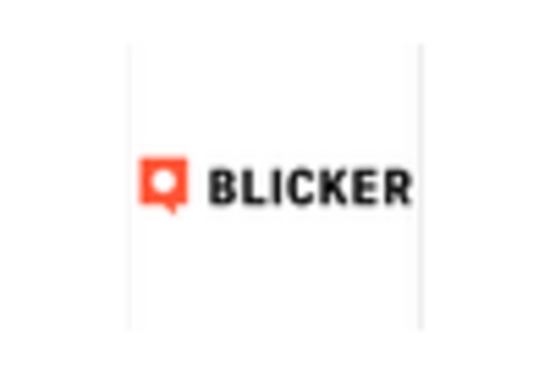
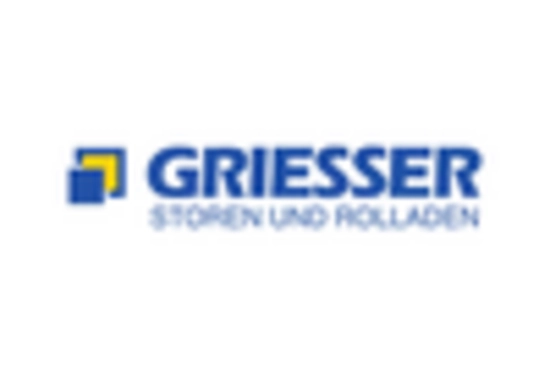
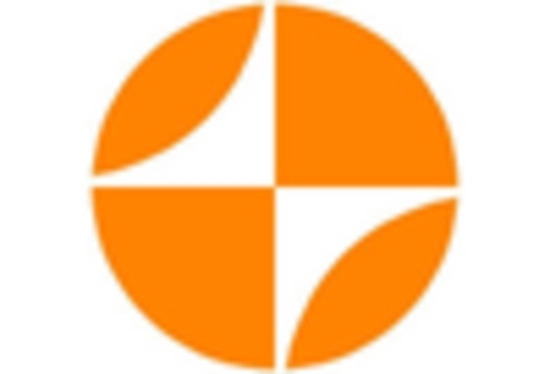
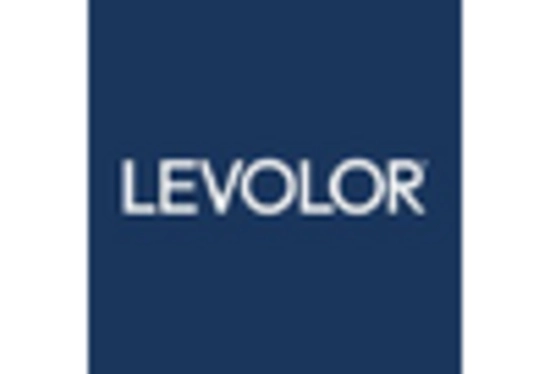
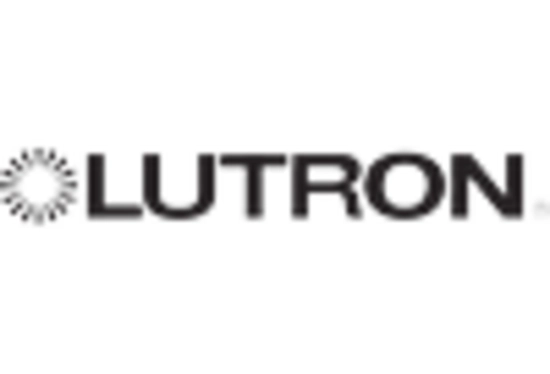
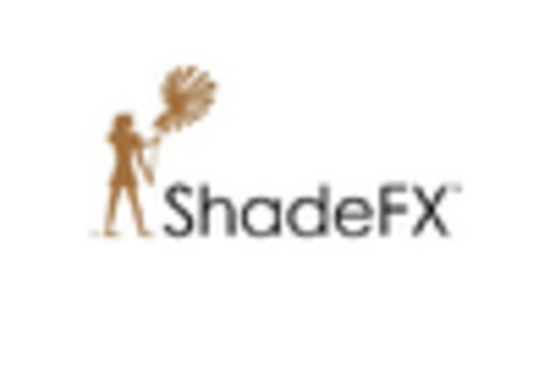








Leave a Comment